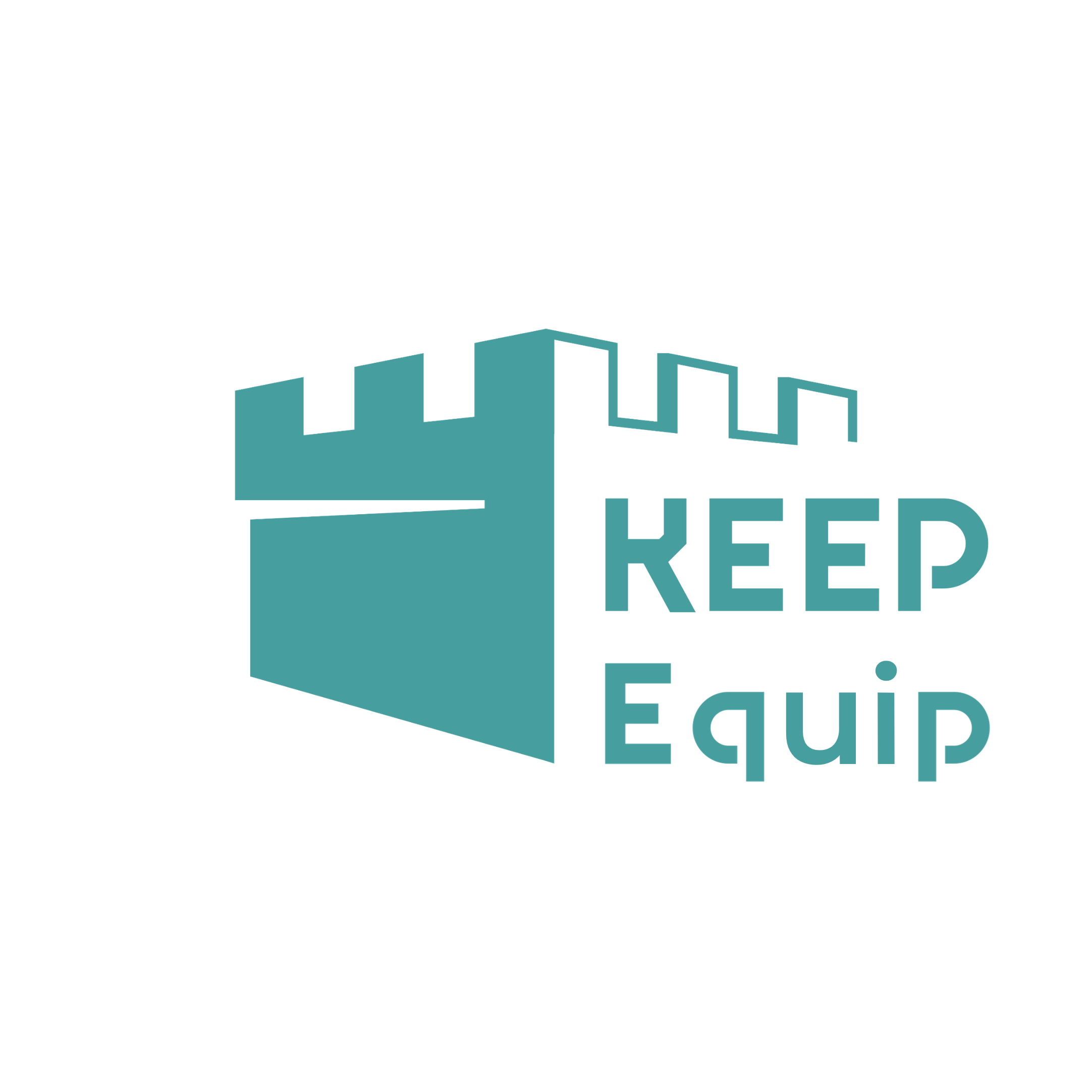
The expert partner for leaders focused on protecting their people from abuse, exploitation and harassment
Who We Work With
Business, Entertainment and Sport
Ensuring your customers are protected from harm, developing policy relevant to your specific work including Safer Recruitment, implementing effective governance across safeguarding and other priority areas.
Education
Meeting the statutory requirements of Keeping Children Safe in Education and the expectations of Ofsted or the statutory expectations and duty of care requirements on Higher Education providers.
Community based groups, clubs and support
Enabling leaders in small organisations to focus on what they do best by developing their processes, providing independent safeguarding governance and sharing safeguarding risk.
Charities
Developing your practice to ensure it meets the requirements of the Charity Commission and your beneficiaries are protected from harm.

Our Values
All our work is delivered in line with our organisational values:
Collaborative for success first time, every time
Knowledgeable to ensure the best outcome for you
Personable so that we always work with you, not against
Thorough to ensure work is accurate and complete
Respectful to align your safeguarding arrangements with the integral value of your organisation
Our Mission
We exist to reduce the risk of abuse, exploitation and harassment by:
Guiding and supporting strategic leaders and safeguarding managers
Driving improvement in organisational safeguarding arrangements including how they listen to their people
Creating ways to empower children and adults at risk
Support for strategic leaders and safeguarding managers, educations providers, sports clubs and NBG’s, to ensure their safeguarding arrangements are effective, robust and compliant, through:
one-to-one support
training for leaders and staff
assessing and developing systems, policy and processes
Our affordable partnership approach, designed for small organisations, to help with:
Triaging safeguarding concerns
Case information safely stored + a case management service
An online reporting tool for staff and beneficiaries
Regular analysis + an annual review of safeguarding data and risks policy, procedures and code of conduct
Empower your staff with our safe and secure reporting tool to protect them against workplace bullying and harassment. With this straight forward technology, your staff will feel valued, safe and will know that they have a voice.
Supporting you to meet the demands of the Workers Protection Act 2023.
Testimonial from the CEO at Coventry City FC -A Keep Consult customer
“Andy has a deep understanding of Safeguarding within football and the requirements for both the EFL and Premier League. Andy supported me on the transition from EFL to the Premier League and provided support to the team on the ground to ensure a clear strategy was in place. One of the great things about Keep Safeguarding is that you can get as much or little support you need depending on your club structure which provides a great independent sounding board. I would highly recommend to any club. Andy has the confidence to challenge senior management in a measured manner to ensure all standards are being understood in such an important subject area.”
Why our customers choose us time and again.
Our customers, who are focused on proactively improving their safeguarding arrangements choose to work with us because we are passionate about safeguarding, and clear about our values and our mission. These mean our customers know what to expect and experience a great product every time. Here are just a few of the organisations who we have and continue to work with:
Keep’s Quality Mark
Our quality mark demonstrates your commitment to going above and beyond in your safeguarding practice. You can gain the our quality mark through being a Keep Equip or Keep Empower customer. Organisations verify their’s through our website. Click here to find out more about the quality mark and see what organisations have already earned it.
Articles:
Contact
Contact us with any questions.
Email
admin@keepsafeguarding.com
Phone
01432 655045


















